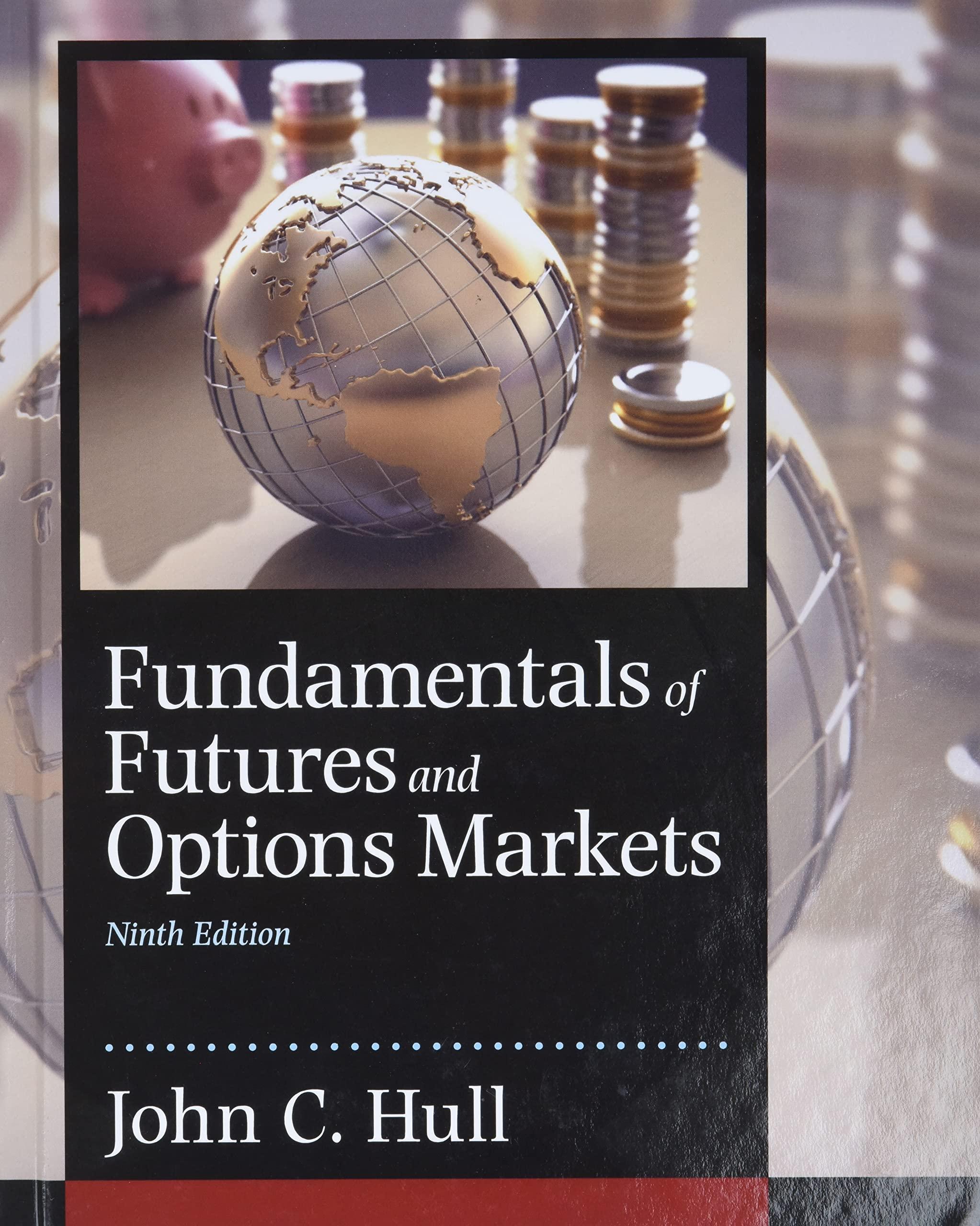

Maggie's Magazines (MM) has straight nonconvertible bond that currently yield 7%. MM's stock sells for $22 per share, has an expected constant growth rate of 7%, and has a dividend yield of 4%. MM plans on issuing convertible bonds that will have a $1,000 par value, a coupon rate of 6%, a 20-year maturity, and a conversion ratio of 32 (i.e., each bond could be convertible into 32 shares of stock). Coupon payments will be made annually. The bonds will be noncallable for 5 years, after which they will be callable at a price of $1,090; this call price would decline by $6 per year in Year 6 and each year thereafter. For simplicity, assume that the bonds may be called or converted only at the end of a year, immediately after the coupon and dividend payments. Management will call the bonds when the bonds' conversion value exceeds 25% of the bonds' par value (not their call price). Inputs: Straight bond yield Current stock price Expected growth rate in stock price Dividend yield Par value (and issue price) of convertible bond Coupon rate on convertible bond Maturity of convertible bond (years) Conversion ratio Call protection period (years) Call price when call protection ends Call price decline per year after protection period Policy for call: Call when conversion value exceeds this percent over bond's par value. 7% $22.00 7% 4% $1,000.00 6.00% 20 32 5 $1,090.00 $6.00 25% a. For each year, calculate: (1) the anticipated stock price: (2) the anticipated conversion value: (3) the anticipated straight-bond price; and (4) the cash flow to the investor assuming conversion occurs. At what gear do you expect the bonds will be forced into conversion with a call? What is the bond's value in conversion when it is converted at this time? What is the cash floy to the bondholder when it is converted at this time (Hint: the cash flow includes the conversion value and the coupon payment, because the conversion is immediately after the coupon is paid.) Vill call the issue in the first year that the Anticipa ted stock price at year end 22.00 Conversio n Value (2) Convert? (Yes, no. or already) Straight Cash floy debt value to of bondhold convertibi er if e converted Year 0 1 2 3 4 5 6 No No No No No 8 9 10 11 12 13 14 15 16 17 18 19 20 Maggie's Magazines (MM) has straight nonconvertible bond that currently yield 7%. MM's stock sells for $22 per share, has an expected constant growth rate of 7%, and has a dividend yield of 4%. MM plans on issuing convertible bonds that will have a $1,000 par value, a coupon rate of 6%, a 20-year maturity, and a conversion ratio of 32 (i.e., each bond could be convertible into 32 shares of stock). Coupon payments will be made annually. The bonds will be noncallable for 5 years, after which they will be callable at a price of $1,090; this call price would decline by $6 per year in Year 6 and each year thereafter. For simplicity, assume that the bonds may be called or converted only at the end of a year, immediately after the coupon and dividend payments. Management will call the bonds when the bonds' conversion value exceeds 25% of the bonds' par value (not their call price). Inputs: Straight bond yield Current stock price Expected growth rate in stock price Dividend yield Par value (and issue price) of convertible bond Coupon rate on convertible bond Maturity of convertible bond (years) Conversion ratio Call protection period (years) Call price when call protection ends Call price decline per year after protection period Policy for call: Call when conversion value exceeds this percent over bond's par value. 7% $22.00 7% 4% $1,000.00 6.00% 20 32 5 $1,090.00 $6.00 25% a. For each year, calculate: (1) the anticipated stock price: (2) the anticipated conversion value: (3) the anticipated straight-bond price; and (4) the cash flow to the investor assuming conversion occurs. At what gear do you expect the bonds will be forced into conversion with a call? What is the bond's value in conversion when it is converted at this time? What is the cash floy to the bondholder when it is converted at this time (Hint: the cash flow includes the conversion value and the coupon payment, because the conversion is immediately after the coupon is paid.) Vill call the issue in the first year that the Anticipa ted stock price at year end 22.00 Conversio n Value (2) Convert? (Yes, no. or already) Straight Cash floy debt value to of bondhold convertibi er if e converted Year 0 1 2 3 4 5 6 No No No No No 8 9 10 11 12 13 14 15 16 17 18 19 20








